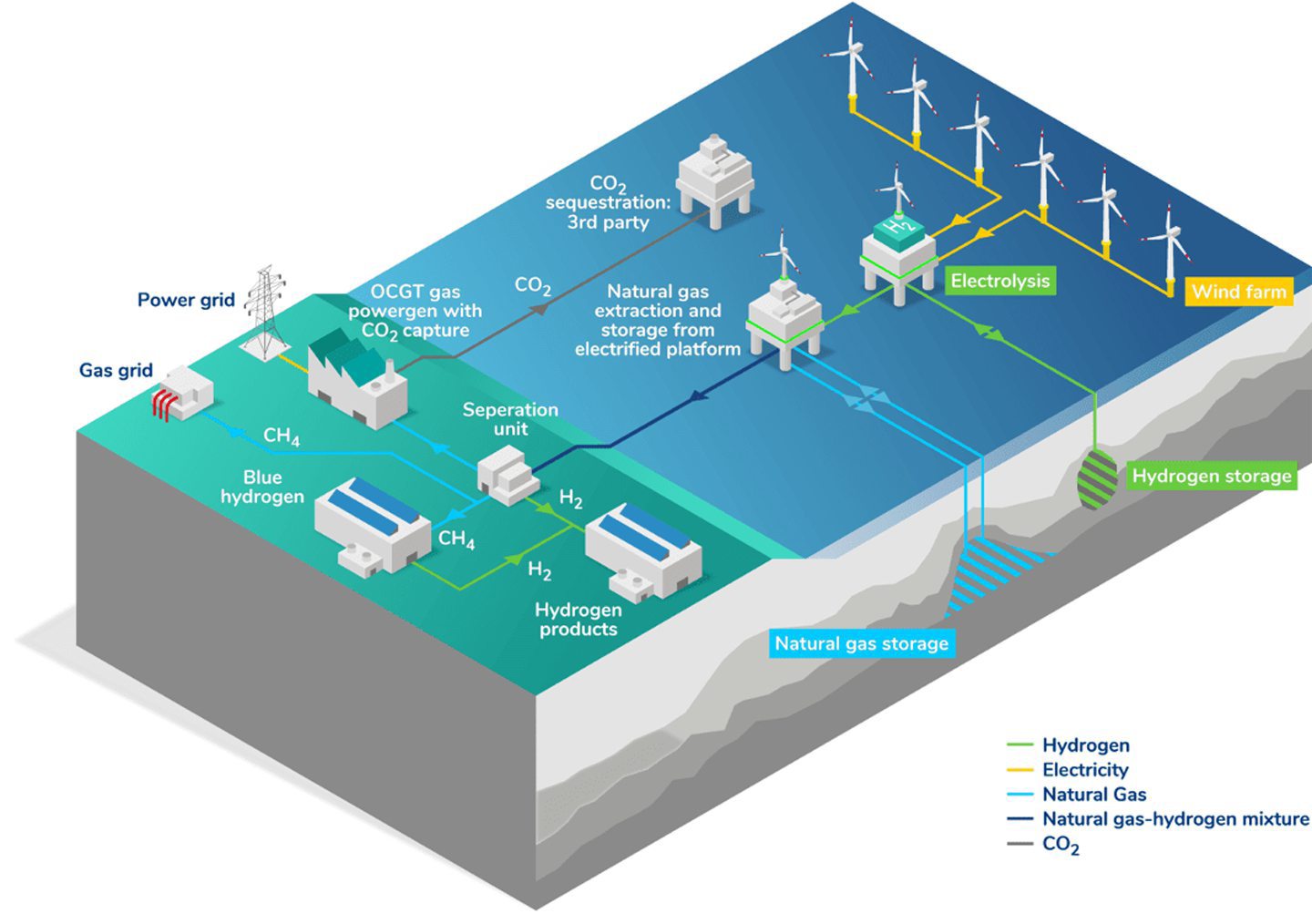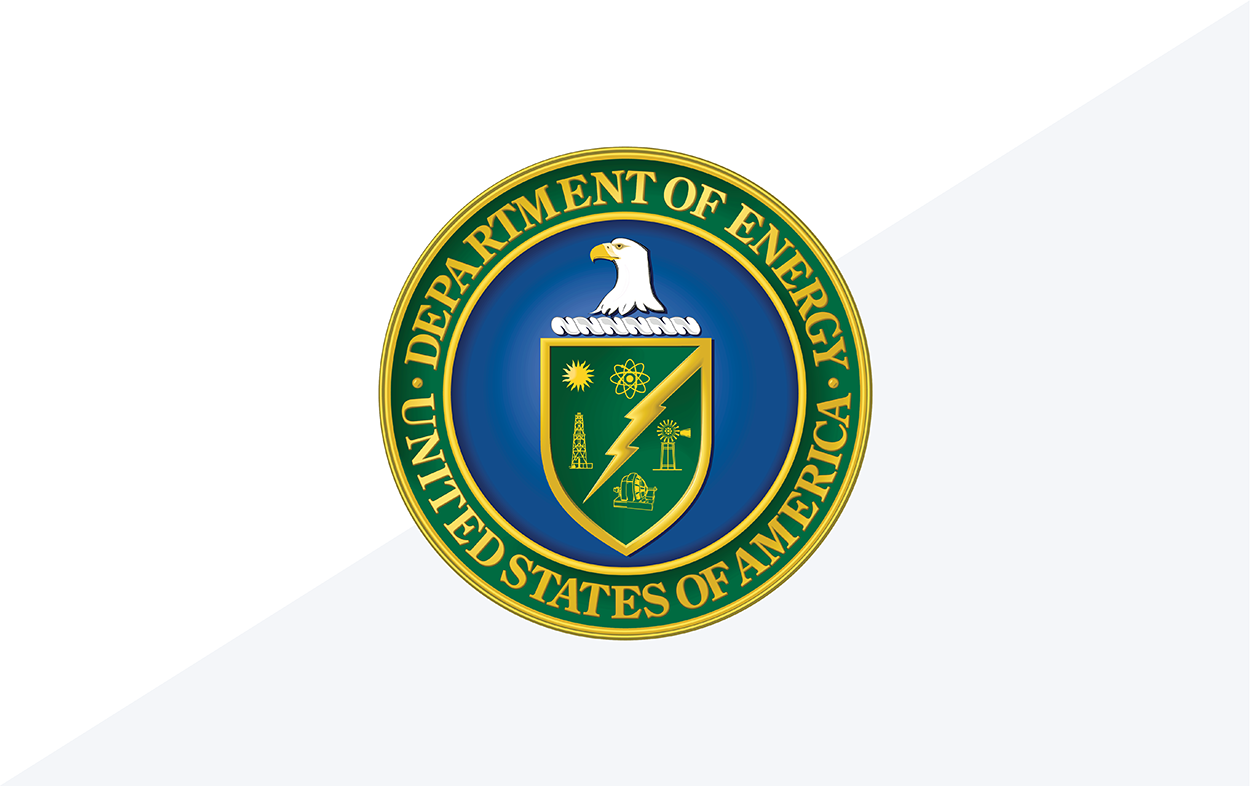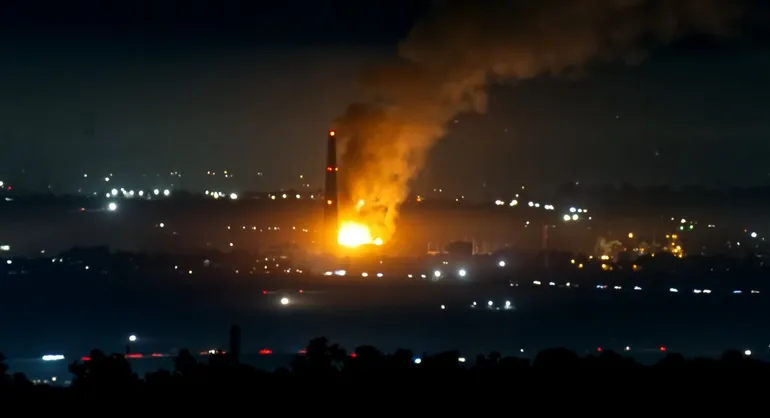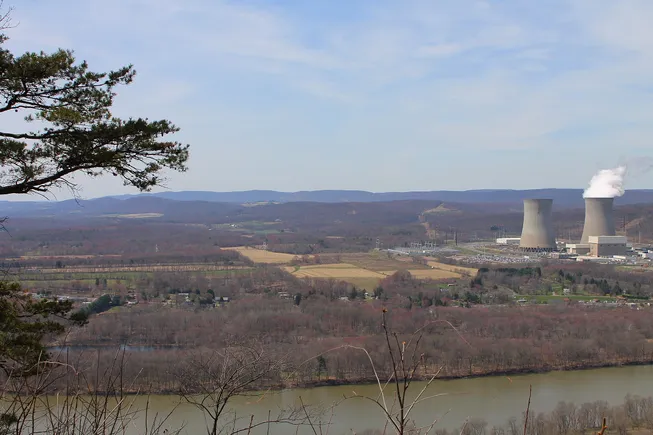
EnergyPathways has published an update as it pushes to engage with stakeholders on its proposed Marram Energy Storage Hub (MESH) project in the UK Irish Sea off the coast of Northwest England.
The update outlines the socioeconomic and environmental benefits associated with MESH, with the company winning to win over groups like the North Sea Transition Authority (NSTA) and local MPs.
EnergyPathways published the briefing document, outlining the conclusions from its hydrogen and clean energy pre-front end engineering design (pre-FEED) activities.
The document also seeks to highlight the role that hydrogen and compressed air storage technologies can play in reducing carbon dioxide (CO2) emissions, in helping to drive the UK energy transition and in enhancing energy security.
The MESH project is designed to combine a number of technologies, initially storing natural gas and power generated from offshore wind in the Irish Sea, before being expanded to include hydrogen storage as the UK’s hydrogen economy develops.
EnergyPathways moved to expedite the project towards the end of last year, citing changes to the regulatory and fiscal environment in the UK under the Labour government, which came into power in July.
The company has touted MESH as a project that could help the UK meet both its energy security and decarbonisation goals.
Since then, EnergyPathways has hit various milestones with the development of MESH, including entering into a £5.1m loan facility and selecting Wood as the lead engineering partner.
The company also secured licence operatorship approval for Block 110/4a, which includes the MESH site, in January.
On schedule and on track
In its latest update, EnergyPathways said pre-FEED activities were on schedule and on track for a final investment decision (FID), subject to the necessary outstanding licences being granted.
“We have received indications from the government that a decision on awarding the gas and hydrogen storage licence is expected in early 2025,” an EnergyPathways spokesperson told Energy Voice.
This comes after the company said in other recent updates that FID is targeted for the end of 2025, with operations then starting in late 2027.
However, the new briefing document said the first phase of MESH – the Marram A gas storage facility – could start up from 2028.
From there, after an initial period of low-emission gas production, MESH will be expanded to include a long-duration energy storage (LDES) system – potentially the largest of its kind in Europe.
The project is ultimately planned to have an integrated energy storage capacity of 20TWh, including 400MW of hydrogen and compressed air LDES capacity. The site will also have a power capacity of 700MW of low-carbon, flexible power, using stored energy sourced from its operations.
Air storage
The update said EnergyPathways’ hybrid compressed air storage (H-CAES) system, for which it has developed its own intellectual property, was a “key part of a new, cutting-edge component” of the MESH project.
The company added that it would provide further details on this aspect of MESH as the project progresses. In the meantime, the spokesperson said the H-CAES system uses both diabatic and adiabatic technologies to optimise energy storage while minimising fuel usage.
EnergyPathways did not disclose the investment levels required for MESH to be developed, but the spokesperson said the company had received offers and expressions of interest for project financing.
In the briefing document, the company said it had “made a significant investment to develop the MESH concept to this point”, including completing geoscience modelling and preliminary FEED work.
The current stakeholder engagement work represents further efforts to build support for the project and help it keep advancing.
“The brochure details the substantial technical work and investment by [EnergyPathways] that has brought MESH to this stage, ensuring key stakeholders are confident in its technical and commercial feasibility,” the spokesperson said.






















